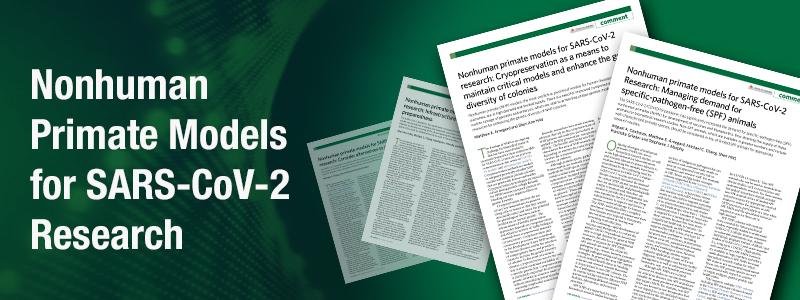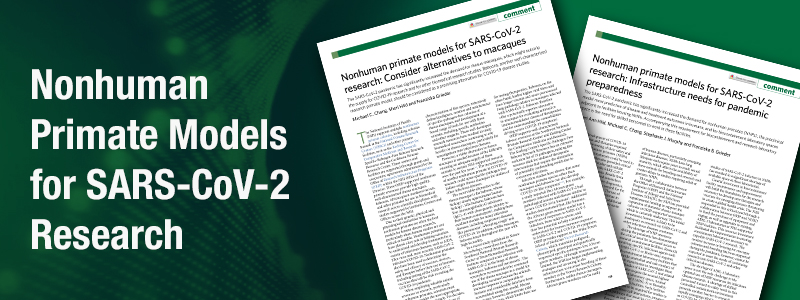Reproducibility of Rodent Models for Human Disease: MiniMUGA as a Critical Genetic Tool
Mice are a crucial resource for the scientific community. Scientific researchers from numerous disciplines use the mouse as a model to mimic and recapitulate diseases and test scientific questions related to human health and disease. These efforts include basic research, studies on the pathogenesis of disease, therapeutics to treat disease, markers for the diagnosis of disease, and strategies (e.g., vaccines) to prevent disease (Figure 1).





